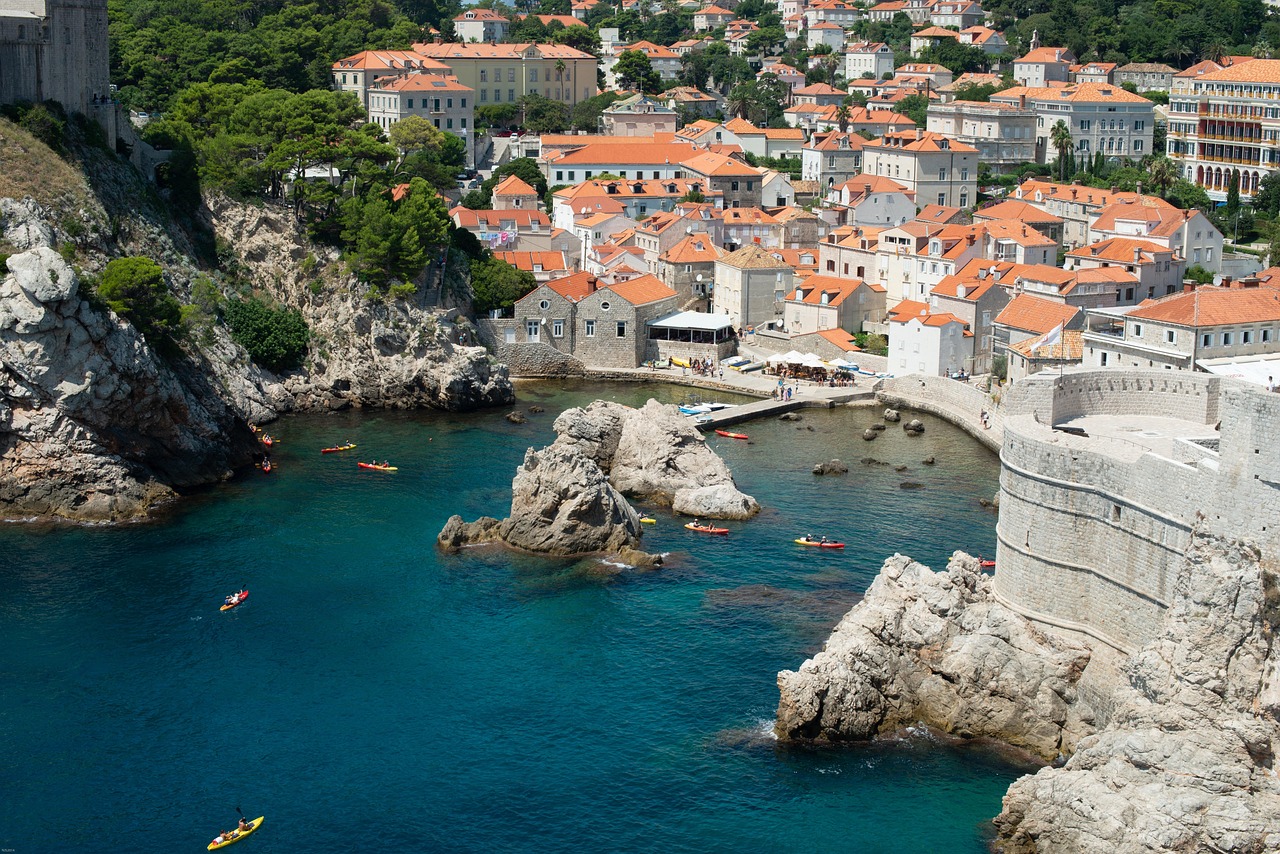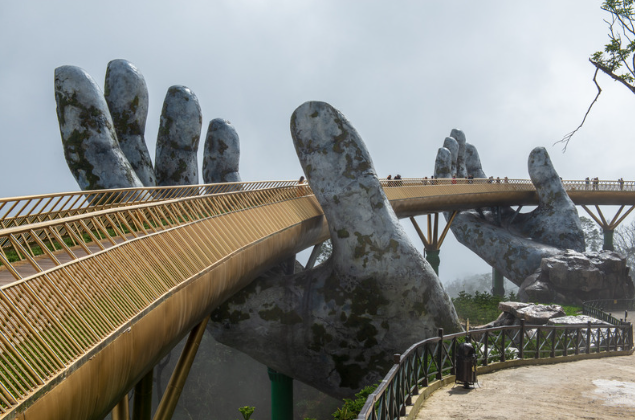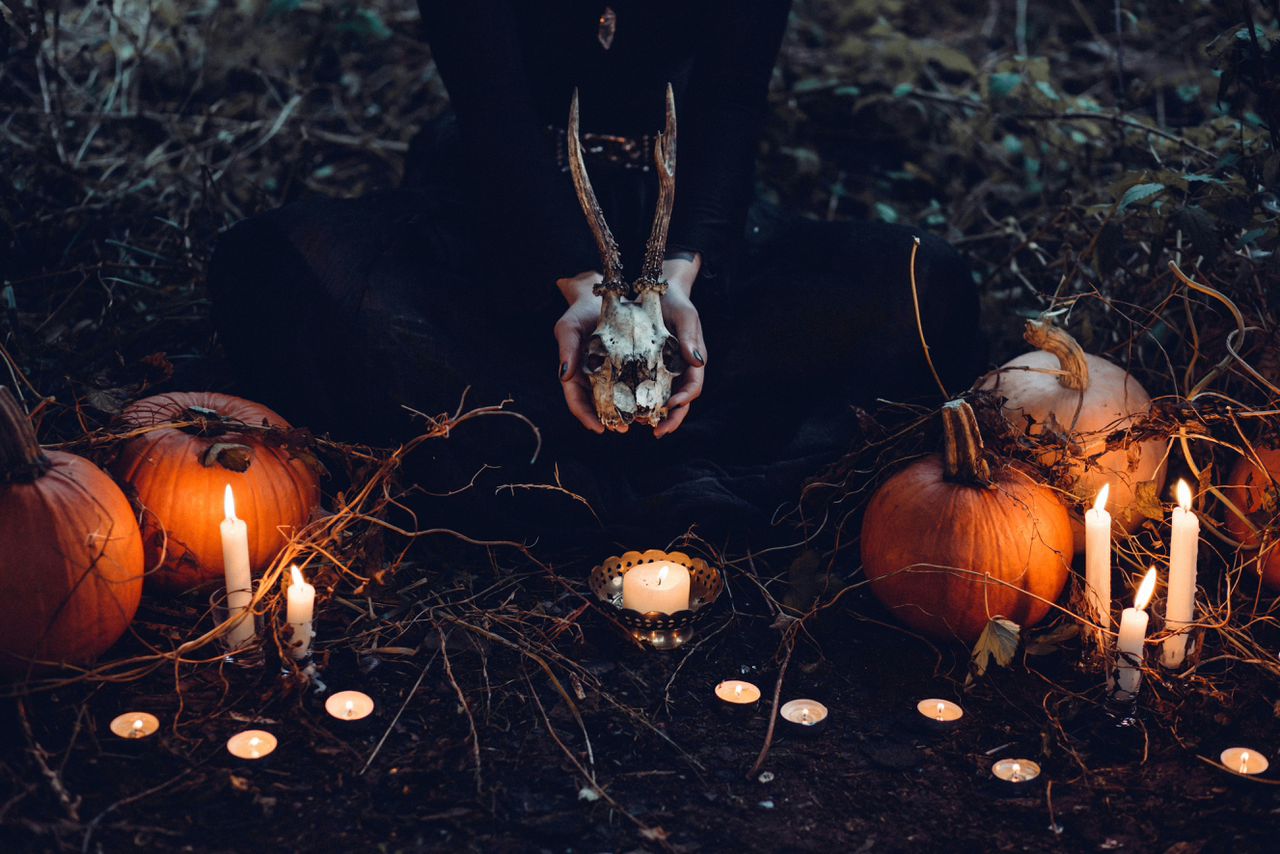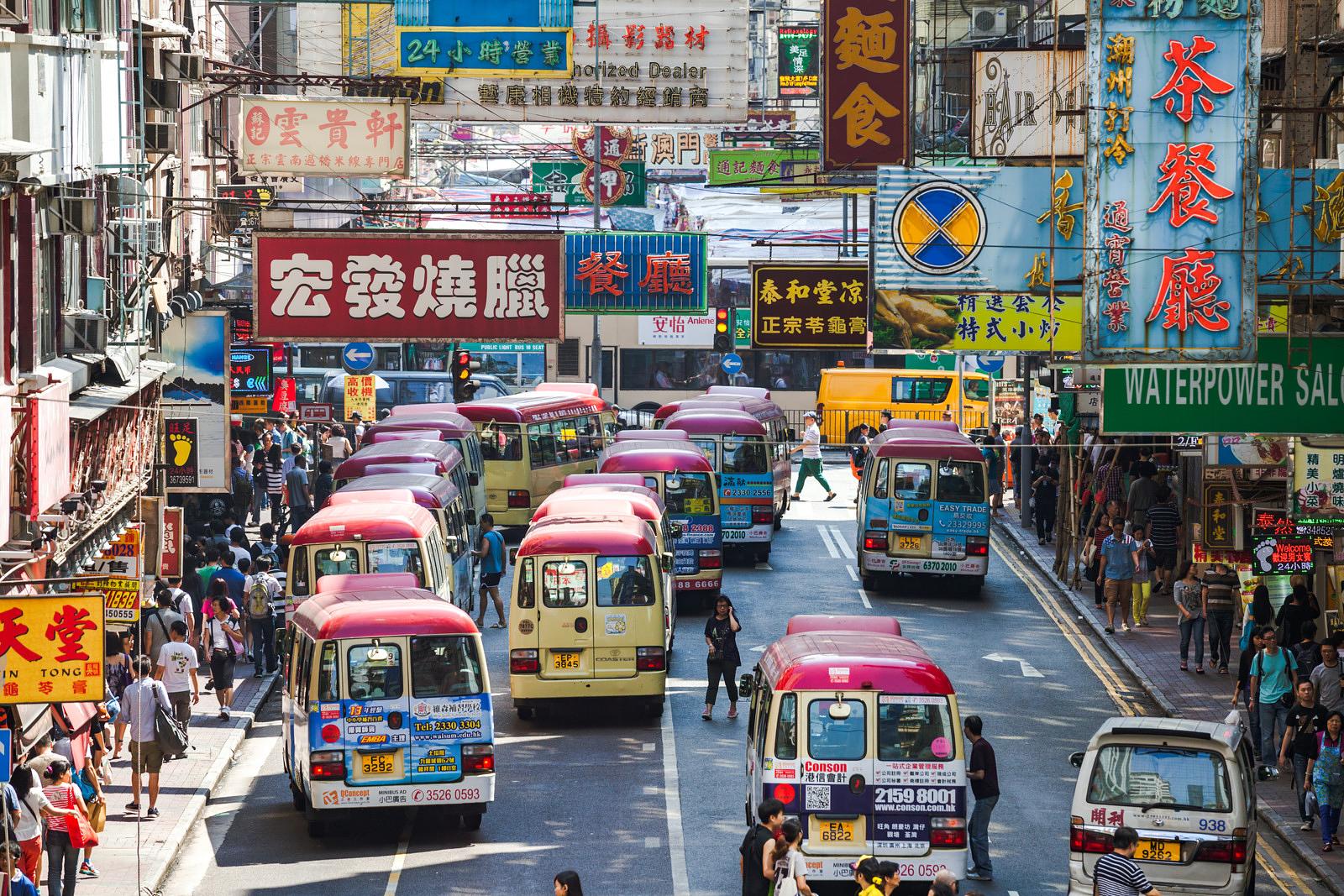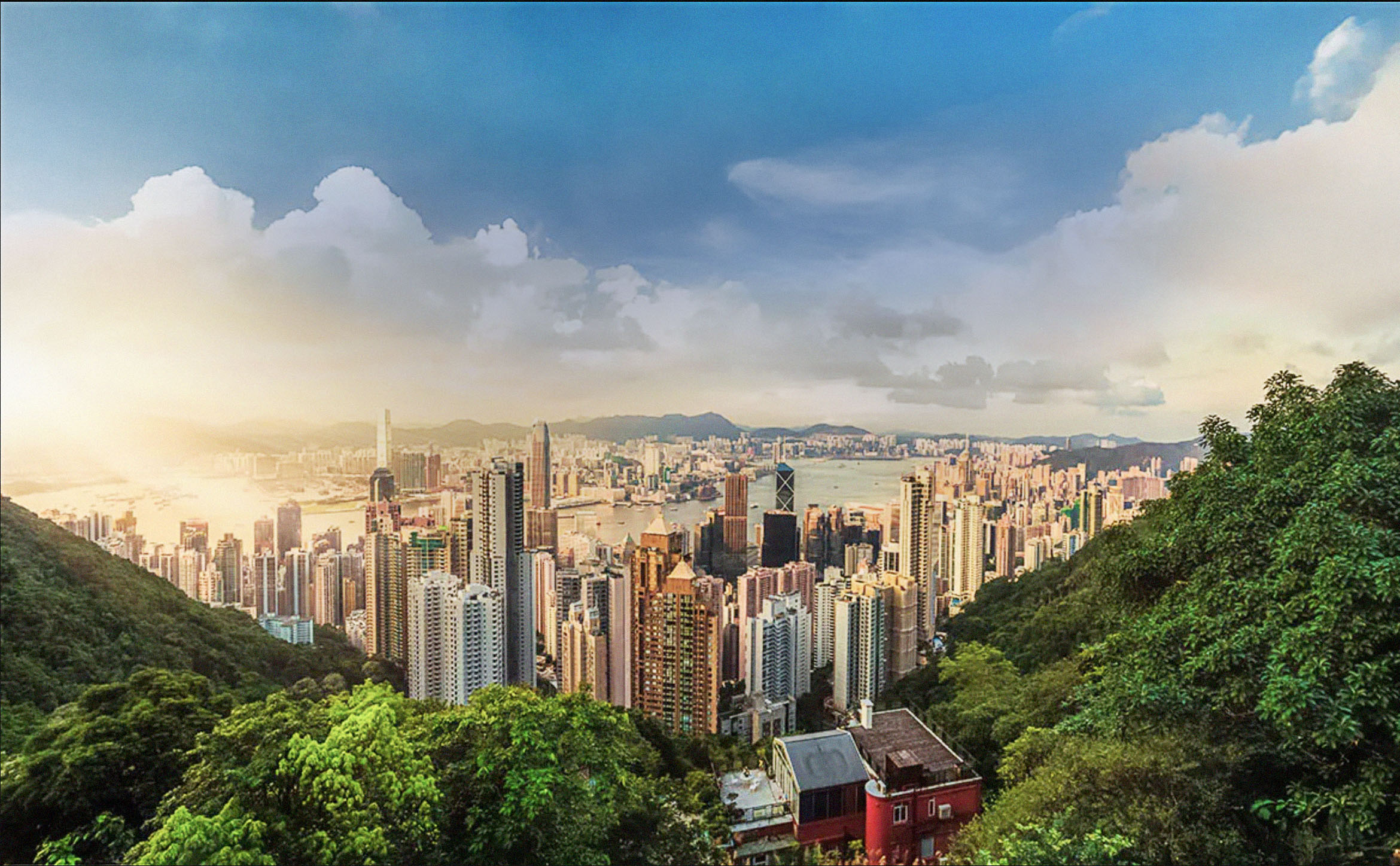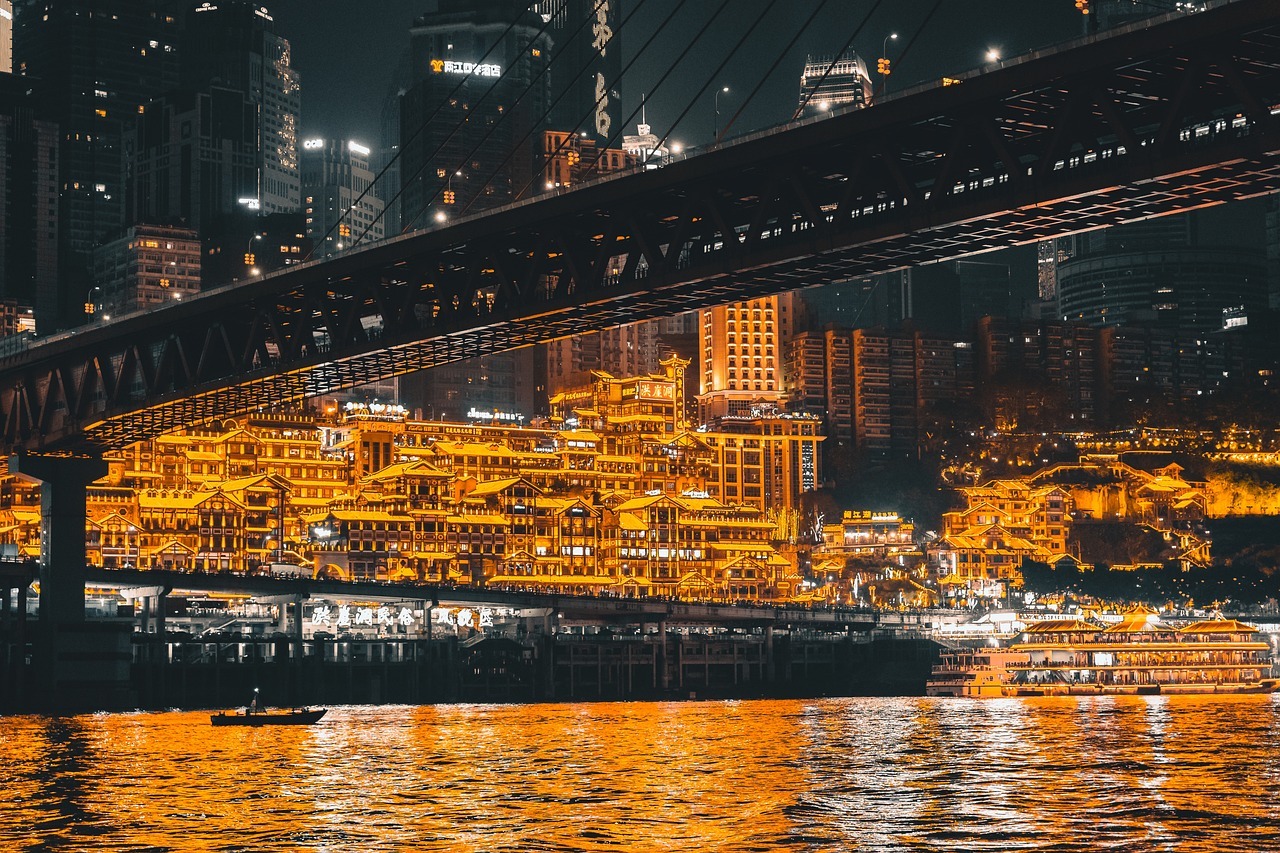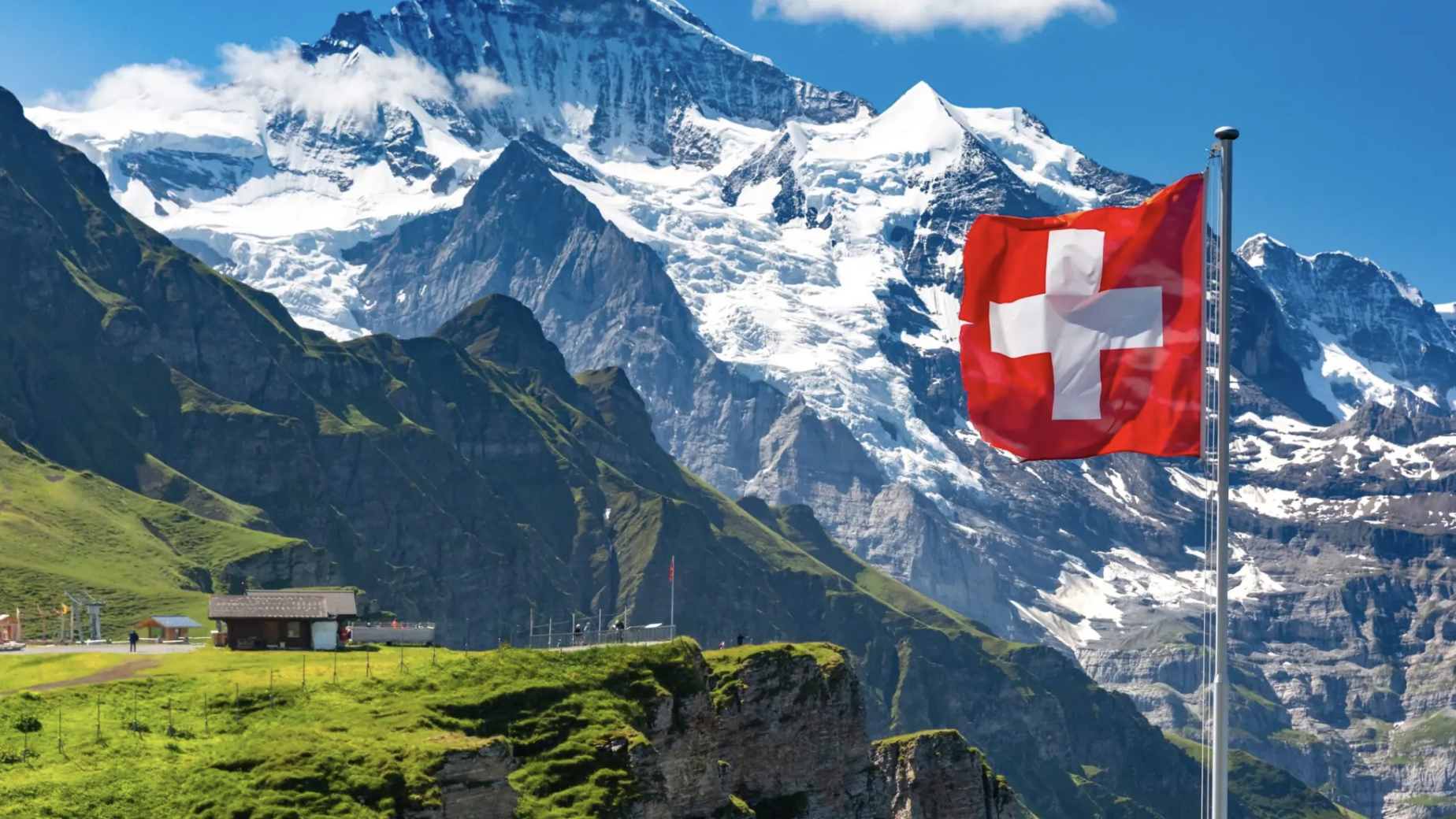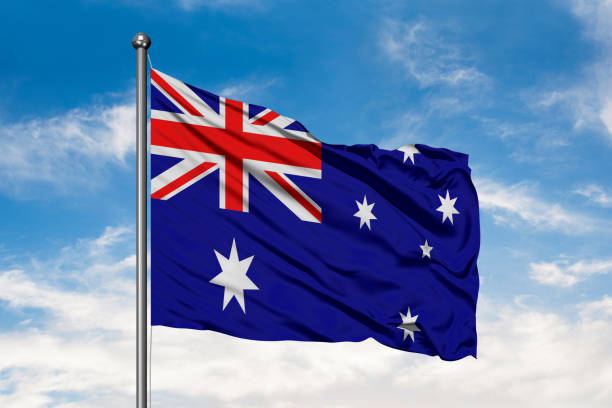4 UNDERRATED UNESCO SITES TO VISIT IN SOUTH KOREA!
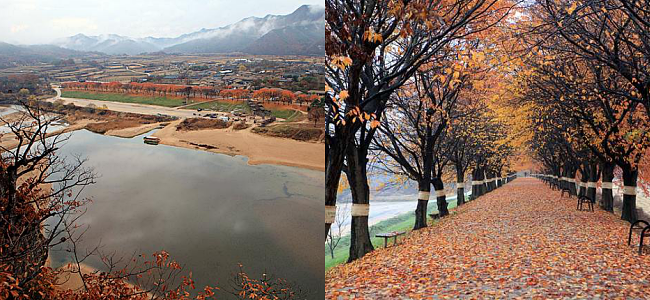
#1 Andong Hahoe Folk Village [UNESCO World Heritage]
Hahoe Village is home to descendants of the Ryu clan of Pungsan and is well-known for its traditional houses. Birthplace of renowned scholars of the Joseon Period such as Gyeomam Ryu Un-ryong and Seoae Ryu Seong-ryong, the village became even more famous after Queen Elizabeth of England visited on April 21, 1999. Hahoe Village, along with Yangdong Village in Gyeongju, was added to the UNESCO World Heritage List under the category of “Historic Villages in Korea” on July 31, 2010.
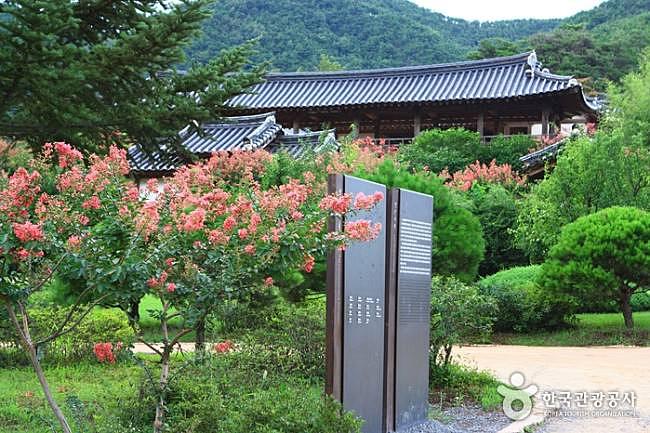
Admission fee available.
Operating Hours: Summer season: 09:00-18:00 and Winter season: 09:00-17:00
Address: 40, Jongga-gil, Pungcheon-myeon, Andong-si, Gyeongsangbuk-do
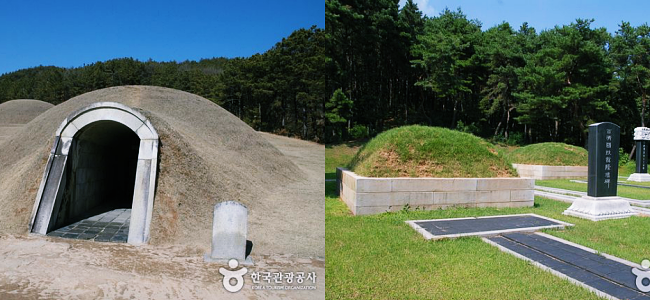
#2 Buyeo Neungsan-ri Ancient Tombs [UNESCO World Heritage]
Hundreds of Baekje tombs are scattered across Buyeo. Among them, Neungsan-ri Ancient Tombs, which are close to Buyeo, have been relatively well preserved and are fairly large in size. The Neungsan-ri Ancient Tombs were the royal tombs of the Baekje Dynasty from 538 to 660 when the capital of Baekje was Sabi (now Buyeo). In the Baekje Gobun Miniature Museum at the entrance to Neungsan-ri Ancient Tombs, mockups and miniature tombs are on display with their cross sections exposed. Here, one can view all kinds of Baekje tombs including stone mounds of the Hanseong Era as well as those discovered in Buyeo. Historic Site No.14 (Designated on January 21, 1963).
Admission fee available.
Operating Hours: March-October 09:00 - 18:00 abd November-February 09:00 - 17:00
Address: 61, Wangneung-ro, Buyeo-eup, Buyeo-gun, Chungcheongnam-do
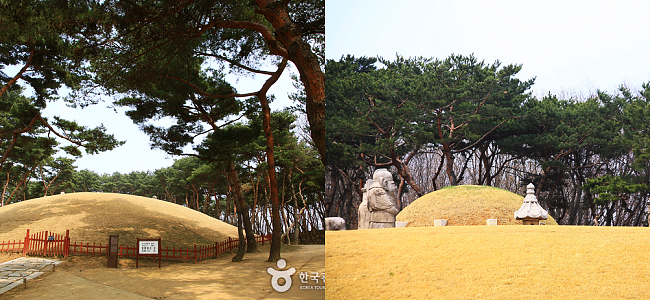
#3 Seonjeongneung [UNESCO World Heritage]
Known as "The Stone Guards of the Royal Tombs". Seonjeongneung comprised of Seolleung Royal Tomb and Jeongneung Royal Tomb. Located in downtown Seoul, this place offers tranquil and pleasant promenades for couples and office workers. Seonjeongneung houses the burial mounds of King Seongjong (1469-1494), his wife Queen Jeonghyeon, and King Jungjong (1506-1544) of the Joseon Dynasty (1392-1910). Historic Site No.199 (Designated on May 26, 1970).
Admission fee available.
Operating hours: Summer season (Mar-Oct): 06:00-21:00 and Winter season (Nov-Feb): 06:30-21:00
Address: 1, Seolleung-ro 100-gil, Gangnam-gu, Seoul

#4 Bulguksa Temple [UNESCO World Heritage]
Bulguksa Temple is the representative relic of Gyeongju and was designated as a World Cultural Asset by UNESCO in 1995. The beauty of the temple itself and the artistic touch of the stone relics are known throughout the world. Bulguksa Temple was built in 528 during the Silla Kingdom, in the 15th year of King Beop-Heung's reign (514-540). The temple was originally called ‘Hwaeom Bulguksa Temple’ or ‘Beopryusa Temple’ and was rebuilt by Kim Dae-Seong (700-774), who started rebuilding the temple in 751 during the reign of King Gyeong-Deok (r. 742-765) and completed it in 774 during the reign of King Hye-Gong (r. 765-780). Upon completion, the temple’s name was changed to Bulguksa. UNESCO World Heritage / Historic Site No. 502 (Designated on December 21, 2009).

Admission fee available.
Operating Hours
Mar-Sep 07:00-18:00 / Oct 07:00-17:30
Nov-Jan 07:30-17:00 / Feb 07:30-17:30
Address: 385, Bulguk-ro, Gyeongju-si, Gyeongsangbuk-do
Interested in visiting South Korea? Check out these affordable packages!
(Images and content source: English Visit.Korea)

